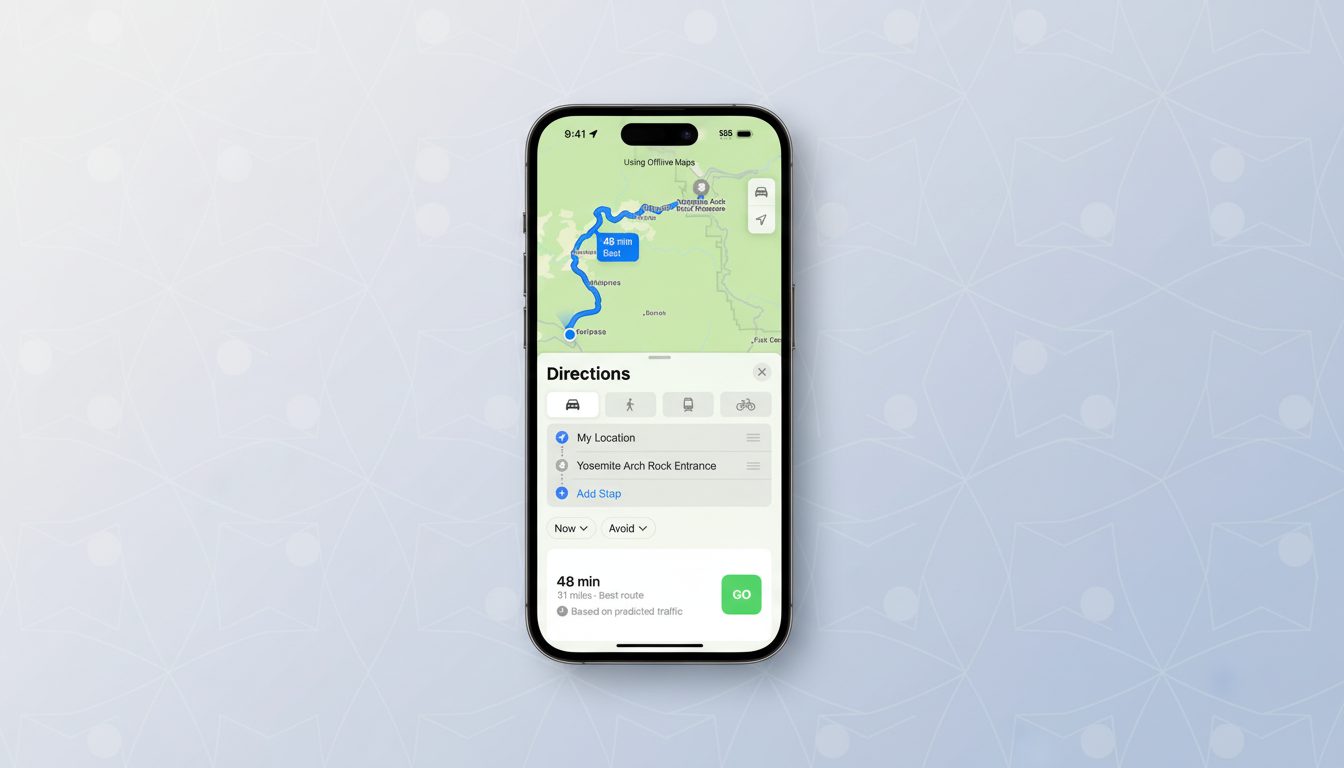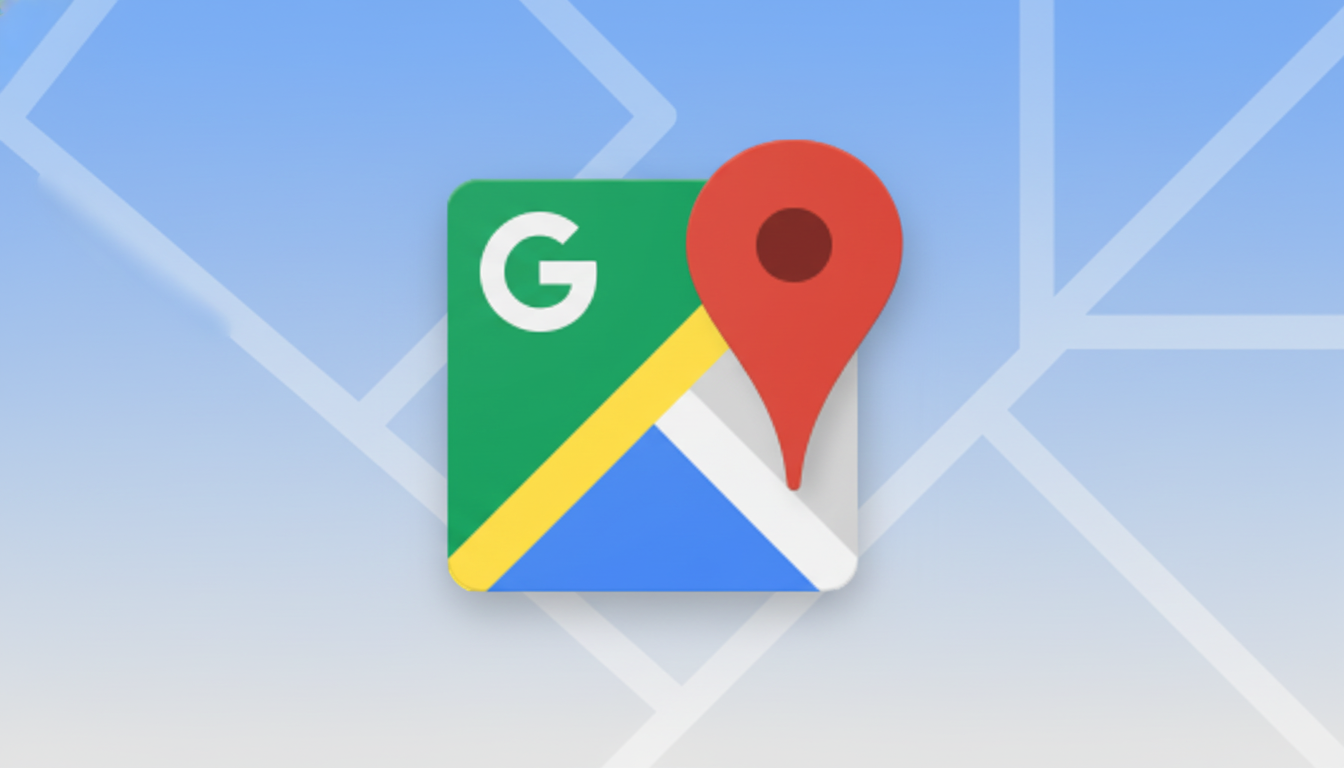I spent a full week on the road, making Apple Maps my primary guide—from a familiar campsite to an unfamiliar city—to see how much it has closed the gap with Google Maps. The headline: Apple’s navigator has grown up. It’s not merely competent; in multiple instances, it was a better co-pilot. However, Google’s cross-platform access and a few genius conveniences still make it difficult to dethrone.
First impressions and map design reveal distinct philosophies
Open both apps, and you can immediately feel their philosophies. Apple Maps looks and acts like native iOS: clean typography, subdued colors, and a bottom search panel with recent places that are easily accessible with one hand. Neighborhood tags get top billing, making casual exploring feel natural when you don’t know street names.

Google Maps is denser on purpose, displaying more road names and layers out of the box. It also identifies sponsored pins, which may clutter up the canvas but often reveal beneficial chain stores and services. The advantage is depth: drivers get lanes, real-time traffic color, and explorers may toggle any mixture of layers. It’s a power-user map that runs almost anywhere.
Search and discovery on the go: strengths and gaps
Apple has a quick search flow for travelers. Tap the bar and you get “Find Nearby” shortcuts for gas, coffee, lunch, parking—no typing, no fuss. The curated City Guides, sourced from partners like Lonely Planet and others, sit below. With a preference for major destinations, this is perfect in New York or D.C., but you may see thinner spreads in mid-sized cities.
Google leans on your history and context. Type fewer letters and it guesses correctly more often, and when you search for fuel, you’ll often get live price data. That’s a practical win on a road trip. For local character, no one can compete with Google, given its depth of user reports and photos, and gigantic community. Google says that over 1 billion people use Google Maps every month, and that scale shows in discovery breadth.
In downtown walking, Apple astonished me. Where Apple beat Google was that it unveiled what was inside big mixed-use buildings—restaurants, breweries, entertainment—instead of just the property manager or leasing agency. When you’re starving and jet-lagged, that’s helpful. On routing, they frequently settled within a minute on ETA. Apple’s recently redone base map shows its worth in junction specificity—the company stated that it covers the U.S. and most rapidly expanding nations. Lane guidance is efficient, and the 3D bridge flow diagrams render complicated exits and multi-lane splits clear. And that’s less stress in an urban area filled with bridges and tunnels.

Google hits back with superior traffic smarts and polish. The ETA bar changes color to signify a delay, while if you’re listening to music, the playback controls get condensed into the map for fast taps. On the other hand, Apple buries audio in the Dynamic Island; it’s stylish but a harder target on the go. Both apps have incident reports, speed cameras, and quick rerouting—features that have long differentiated Google and Waze. Offline mode is not a Google-only benefit; Apple introduced downloadable maps in iOS 17, and I found it suitable when coverage became poor. Google’s offline mode is still deeper in its management and possibilities, but Apple’s approach got me through most of the trips. On a more unpleasant note, both are not competent if you take a wrong turn in offline mode, as I continually found.
Vacation stress test: where each app helped and stumbled
On the way to a state park I know well, both apps chose the same highways and back roads, and both hit the arrival window. They diverged afterward: when the state line got hot with home bargains and weird vans free-ranging all over the road, Apple showed me the next interchange’s overhead view. That meant I didn’t make a last-second lane dive and miss the exit. Google showed me fuel prices for a refill on the road outside town, which ended in a few saved dollars.
In a nearby city I don’t hang out in, Apple succeeded in showing me which of the possible dining clusters were within walking reach of my hotel, which ones didn’t look permanently closed, and how they operated, kitchen- and clientele-wise. Google, on the other hand, showed me a block-by-block picture of what I was looking at with Street View and much denser review summaries. Apple’s Look Around is miraculous where it is available, but Google’s camera situation is dire all over the world.
Privacy promises and ecosystem realities across platforms
Apple positions Maps as privacy-forward with limited identifiers and on-device processing where possible. Google leans into personalization across devices; its timeline, lists, and multi-device continuity are excellent, and the company has moved more location history controls on-device. If you bounce between iPhone, Android, and the web, Google’s ubiquity is hard to beat. If you live in Apple’s ecosystem, Maps integrates neatly with Siri, CarPlay, and system-level sharing.
The verdict from the road after a week with both apps
Apple Maps is no longer the app you tolerate because it shipped with your phone. It’s good—on vacation, often great—at discovering what you actually want and guiding you cleanly through complicated interchanges. Google Maps still wins on platform reach, layer depth, and a handful of road-trip niceties like fuel prices and denser visual content. If you’re all-in on iPhone, Apple Maps is ready to be your default without anxiety. If you swap devices or rely on a deep library of lists, reviews, and layers, Google Maps remains the safer bet. After a week on the road, the real takeaway is this: Apple has closed most of the gap, and where it counts—clarity at the wheel—it occasionally pulls ahead.

